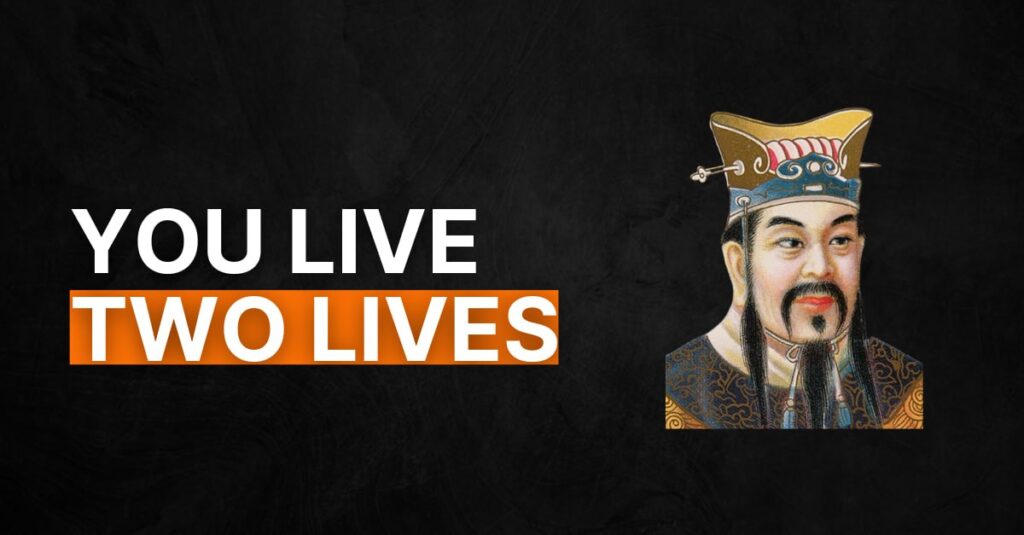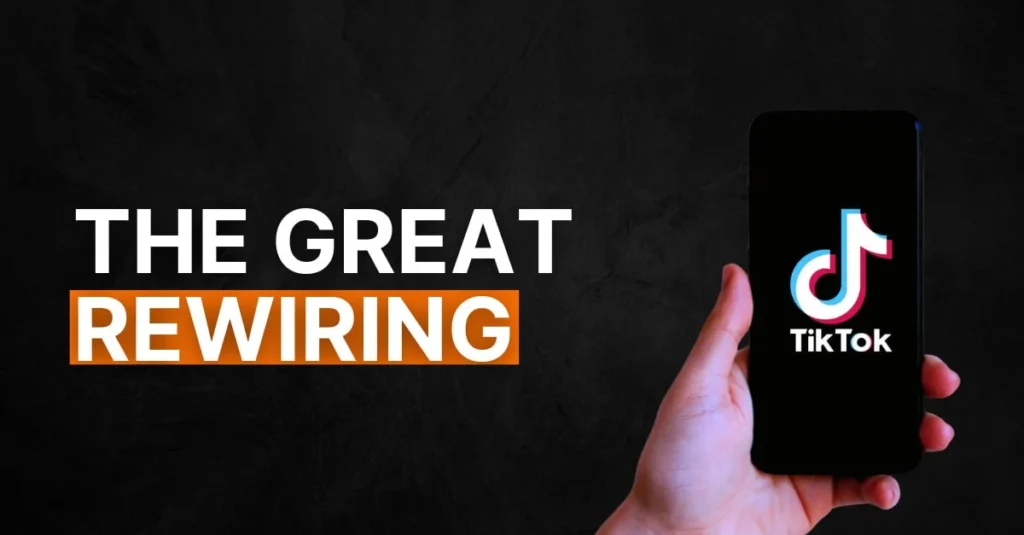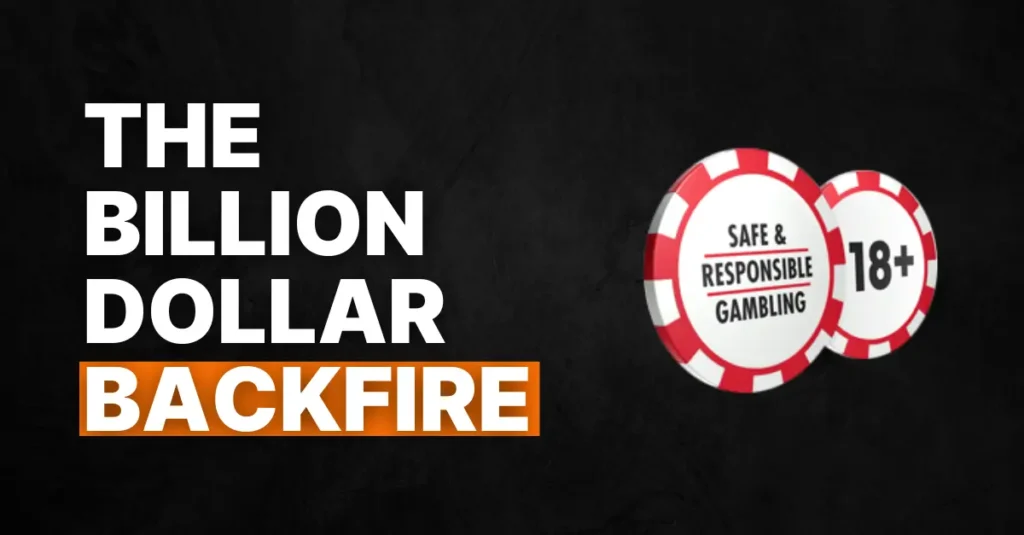In essay #8, I hammered home the importance of codifying your brand assets. Logos everywhere. Colours bleeding through every touchpoint. Audio cues burned into memory. But here’s what I didn’t tell you: codification is only half the game.
Most iGaming companies are solving the wrong problem entirely. They’re either chasing distinctiveness without differentiation or trying to differentiate without being distinctive. Both approaches miss the strategic power that comes from mastering what the marketing legend Mark Ritson calls the “Double D” framework.
Here’s the truth: codification gets you noticed; positioning gets you chosen.
The Strategic Blindspot
The industry has trapped itself in binary thinking. Performance marketing versus brand marketing. Direct response versus awareness. Tactical versus strategic. This either-or mentality is killing potential.
Successful brands don’t choose sides. They recognise that recognition without preference is just expensive noise, while preference without recognition is invisible genius. You need both to win.
Think of it this way: distinctiveness gets you into the consideration set. Differentiation wins the decision. Without the first, your positioning never gets heard. Without the second, your brand codes become meaningless symbols.
The missing link between your tactical execution and strategic positioning isn’t more budget or better creatives. It’s understanding how these two forces work together to drive both immediate performance and long-term value.
Deconstructing the Double D Framework
Let’s break this down with data, because gut feelings don’t pay the bills.
Distinctiveness
Distinctiveness is about recognition speed. How quickly can someone identify your brand from your assets alone? Your logo, colours, sounds, patterns, and characters. The stuff I covered in the codification essay.
Kantar research shows distinctiveness drives over 40% of sales growth. Not bad for pretty pictures, right?
Distinctiveness works as a bridge between your long-term brand building and short-term activation. When someone sees your distinctive assets in a performance ad, they instantly connect it to all your previous brand work. The emotional associations, the positioning, the trust you’ve built. Your brand codes become shortcuts to everything you stand for.
Differentiation
Differentiation is about positioning — what you want people to think when they think about your brand. This is where the real money lives.
Positioning drives 49% of pricing power. Nearly half your ability to charge premium rates comes from how you’re positioned in people’s minds.
The beautiful part is that these two forces are synergistic, not competitive. Your distinctive assets carry your differentiated positioning. Your positioning gives meaning to your distinctiveness. Without both, you’re either forgettable or meaningless.
Why Relative Differentiation Beats Unique Positioning
Forget everything you learned about unique selling propositions. In commoditised markets like ours, uniqueness is a myth. Whatever “unique” feature you build gets copied within months. Whatever exclusive partnership you sign gets matched by competitors with deeper pockets.
The answer isn’t uniqueness, it’s relative differentiation — being “more of” something rather than the “only” provider of something.
The framework is simple: the 3Cs. What do consumers want, that your company can deliver, better than the competition? Not differently. Better.
- Choose 2-3 positioning pillars.
- Execute them superior to everyone else.
- Communicate them louder, more often, and for longer.
While your competitors chase the next shiny unique feature, you’re building an unassailable position on fundamentals that matter.
This isn’t about finding white space in the market. It’s about occupying existing space more effectively than anyone else.
Examples of focus areas:
- Speed
- Security
- Variety
- Support
Pick your battles and dominate them.
The iGaming Application Playbook
Here’s how to audit your current brand through both lenses:
Recognition Speed Test
Show someone your marketing materials with logos removed. How quickly can they identify your brand? If it takes more than three seconds, your distinctiveness needs work.
Positioning Clarity Test
Ask five customers what your brand stands for. If you get five different answers, your differentiation is broken.
For positioning opportunities, map your category on two axes: what consumers value most, and where you can credibly claim superiority. The sweet spot is crowded quadrants where you can out-execute everyone else.
Move beyond product features to emotional benefits:
- Fast withdrawals → Feature
- Get your winnings instantly → Benefit
- Never wait for what’s yours → Emotional promise
Consistency is crucial. Your positioning isn’t just a marketing slogan. It’s a business strategy. Your customer service, product design, payment processes, even your error messages should reinforce your chosen positioning.
Implementation Strategy
Start with positioning clarity before amplifying distinctiveness. A distinctive brand with unclear positioning is just expensive noise. Build internal alignment first — everyone from developers to customer service needs to understand what you stand for.
Create measurement systems for both recognition and preference. Track brand recall alongside consideration metrics. Monitor distinctive asset penetration alongside positioning attribute scores.
Set realistic timeline expectations:
- Distinctiveness → shows results in weeks
- Positioning → takes months to shift meaningfully
The companies that win are the ones that invest in both simultaneously and stick with it long enough to see compound effects.
Your brand isn’t just a logo with some colors thrown around it. It’s the strategic orchestration of recognition and preference to create something that’s impossible to ignore and hard to replace.
Start with the audit. Then choose your battles. Execute relentlessly.



